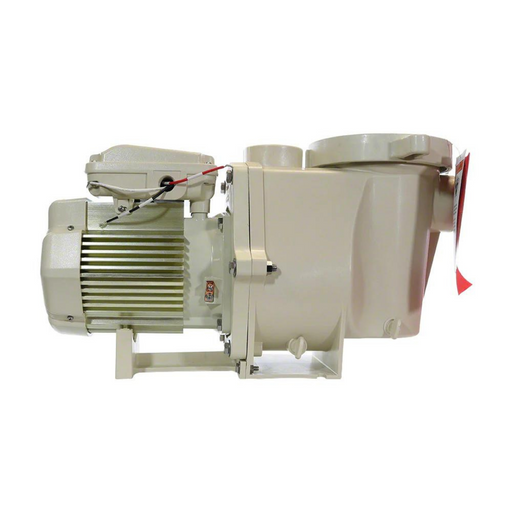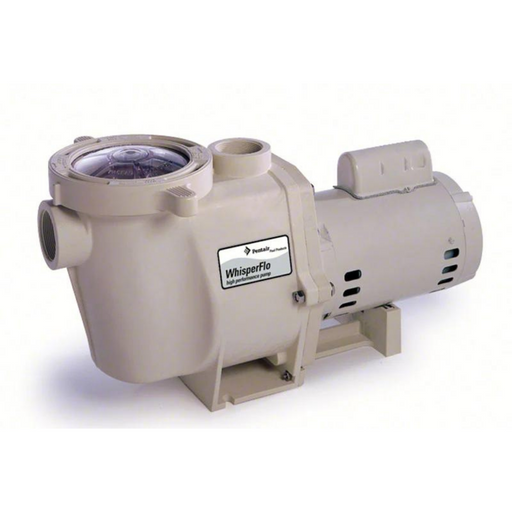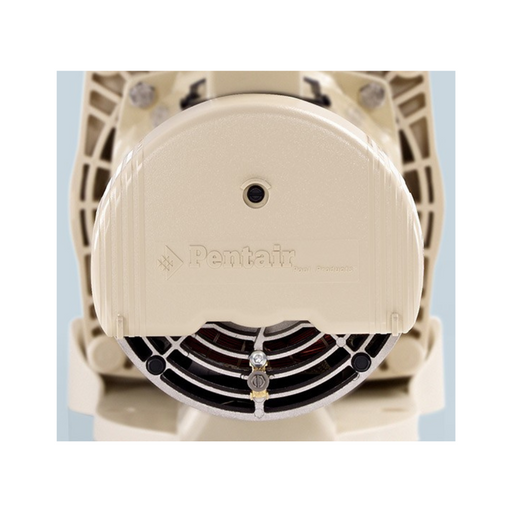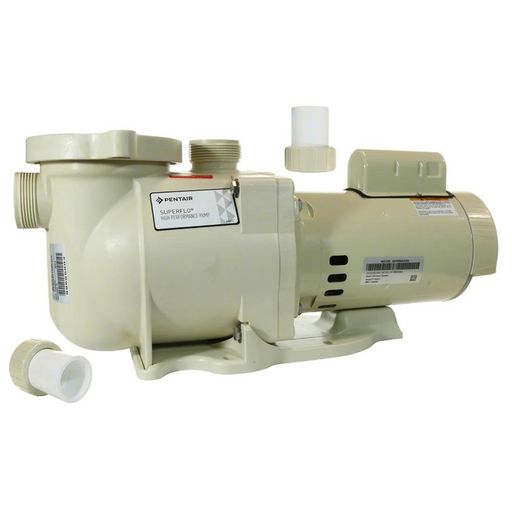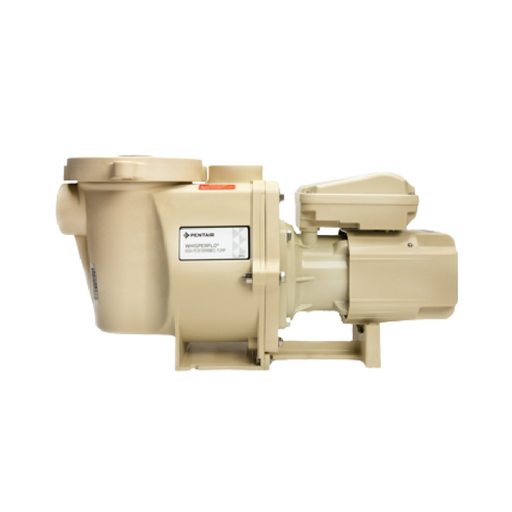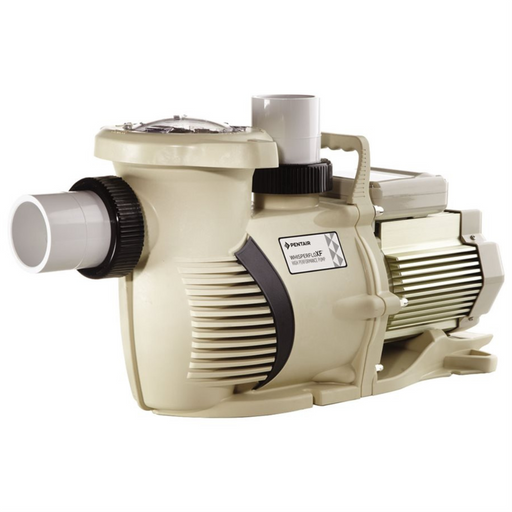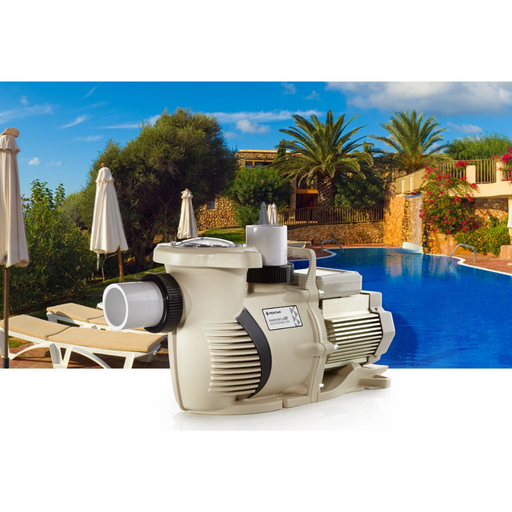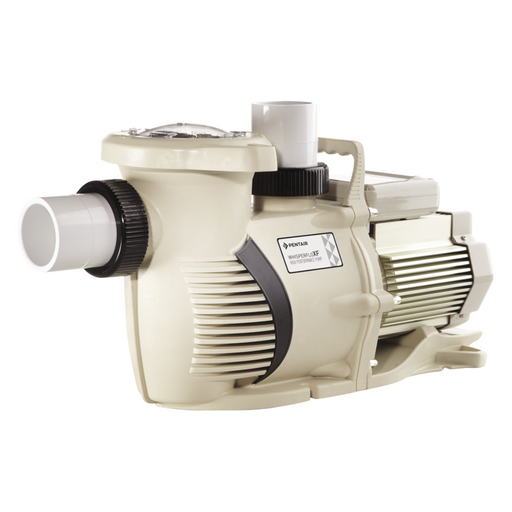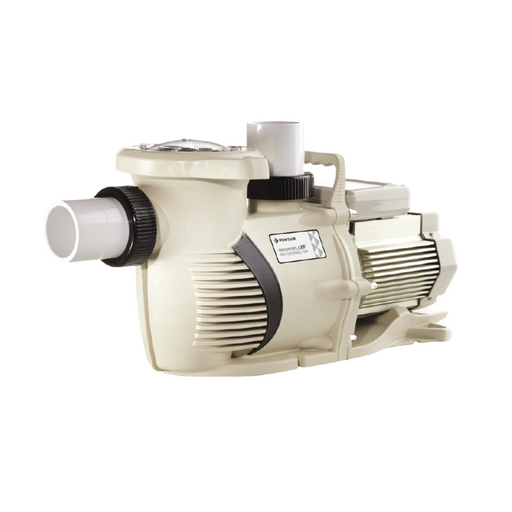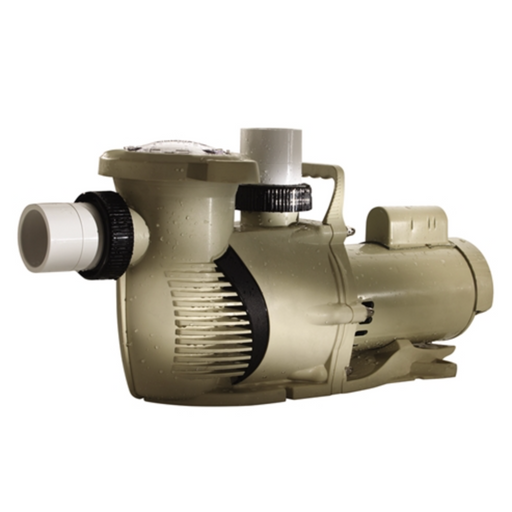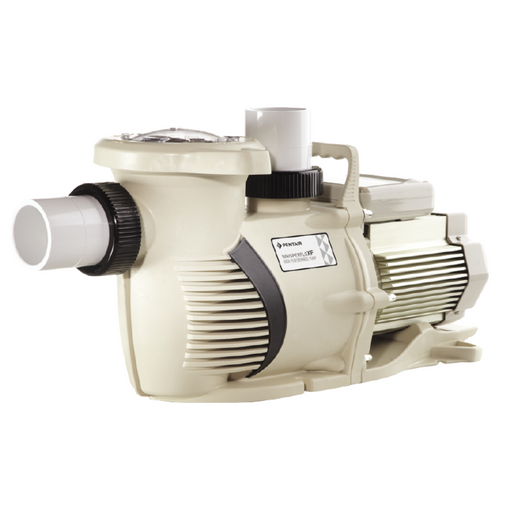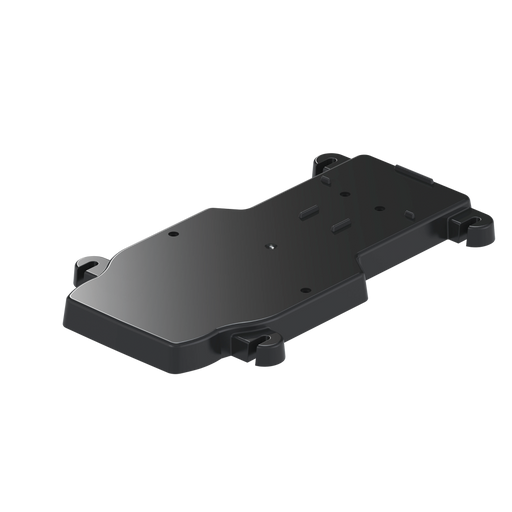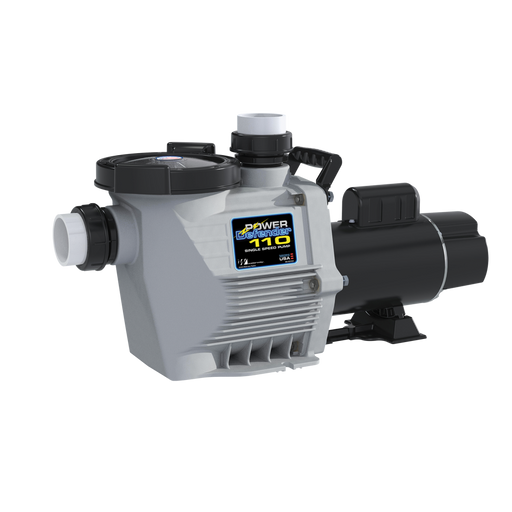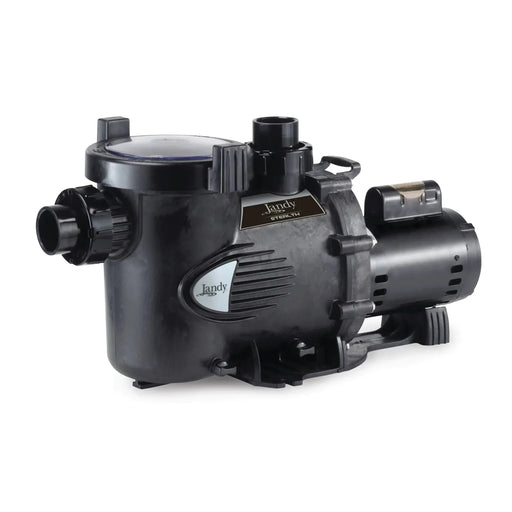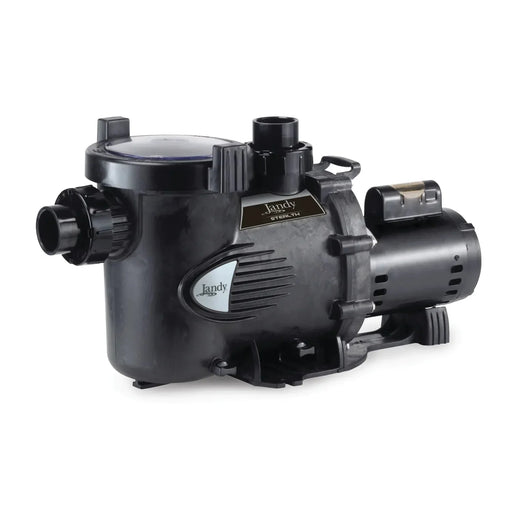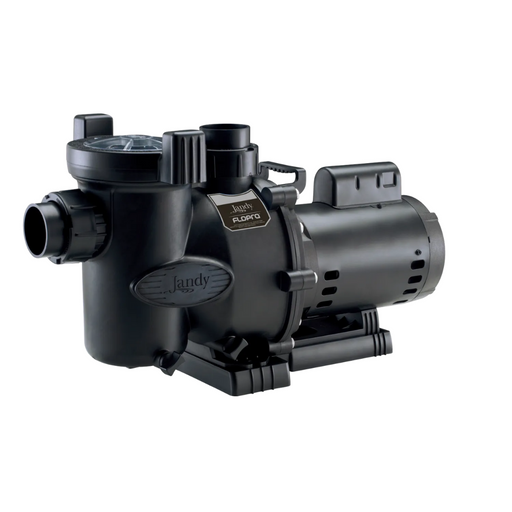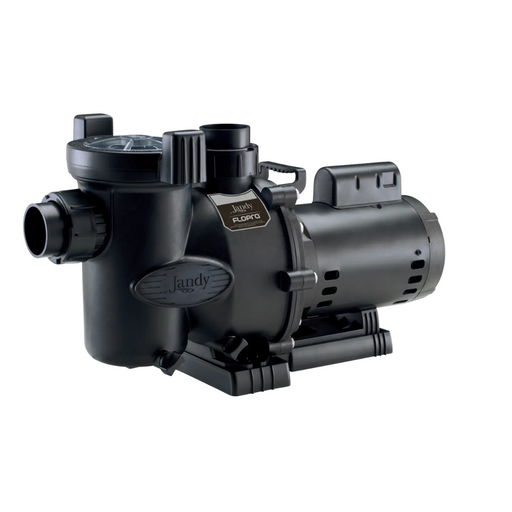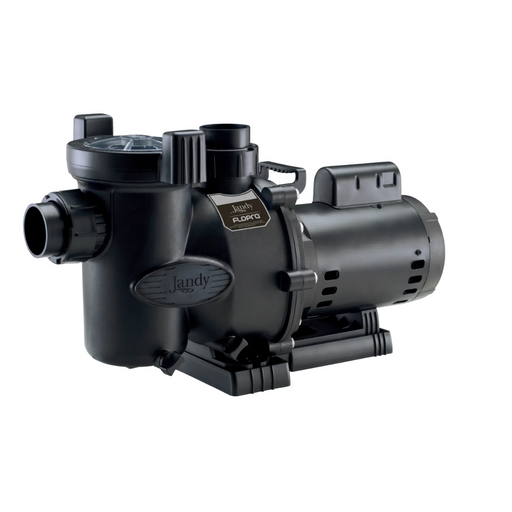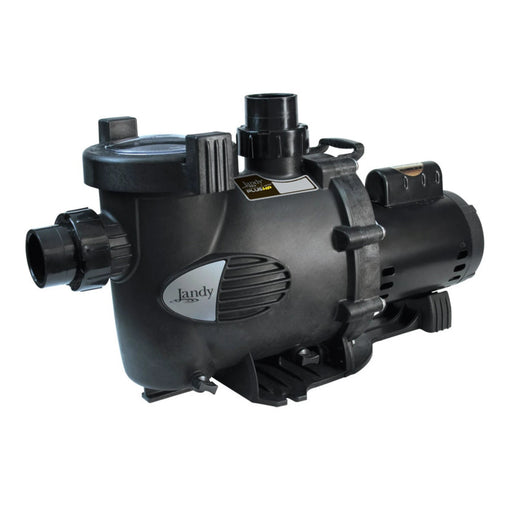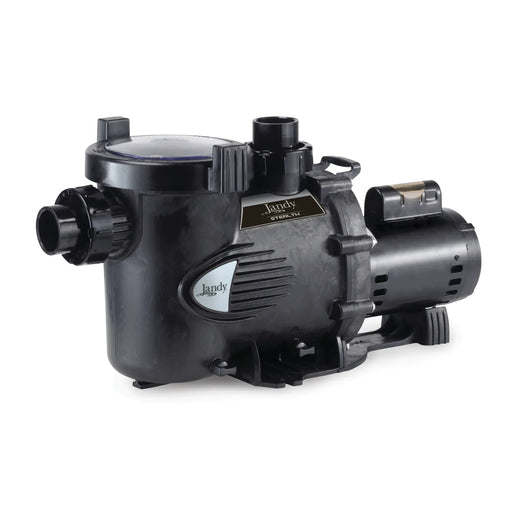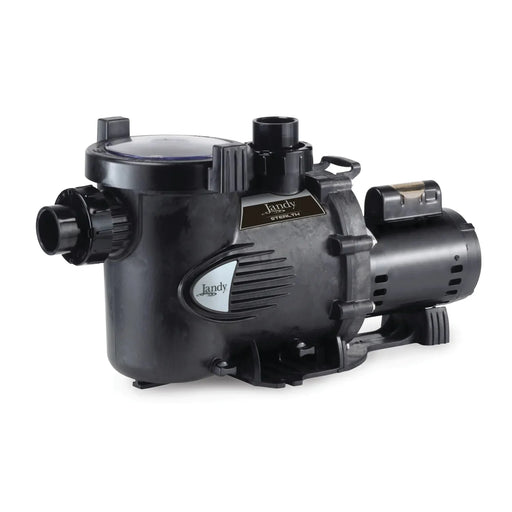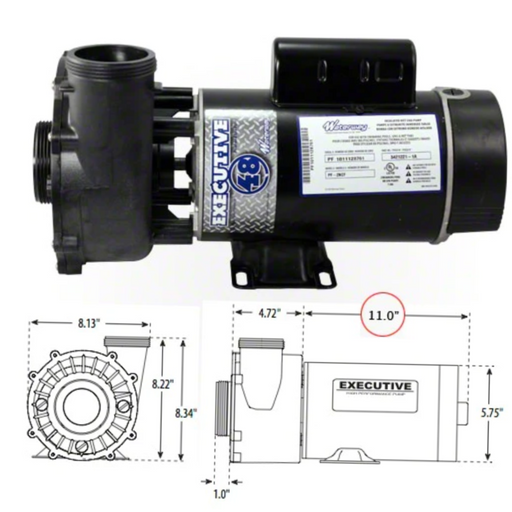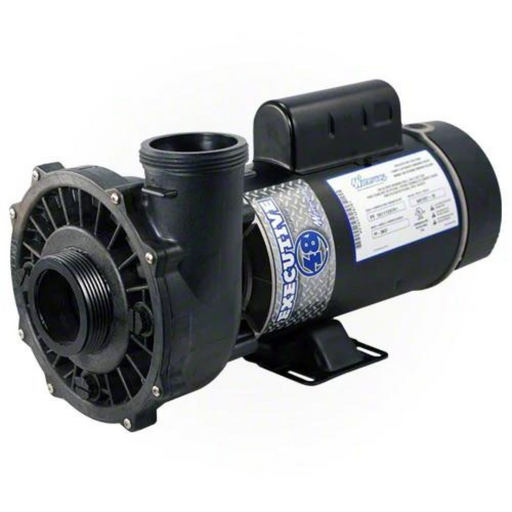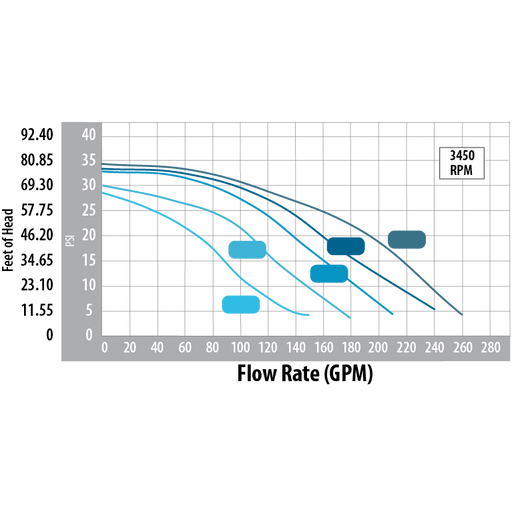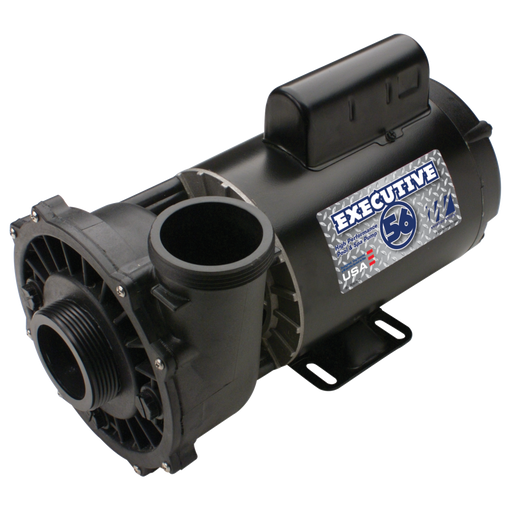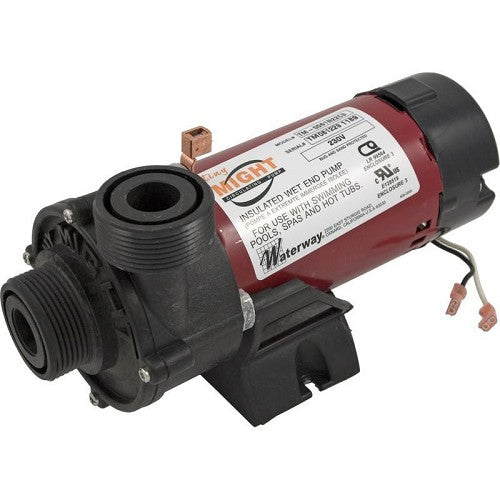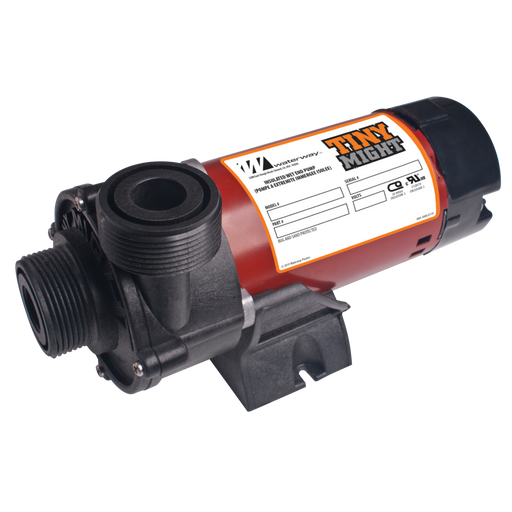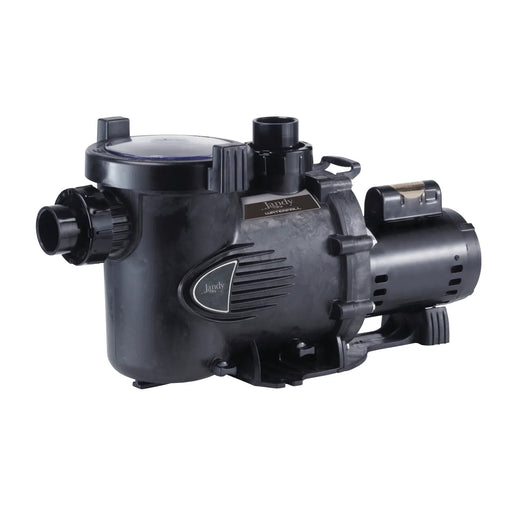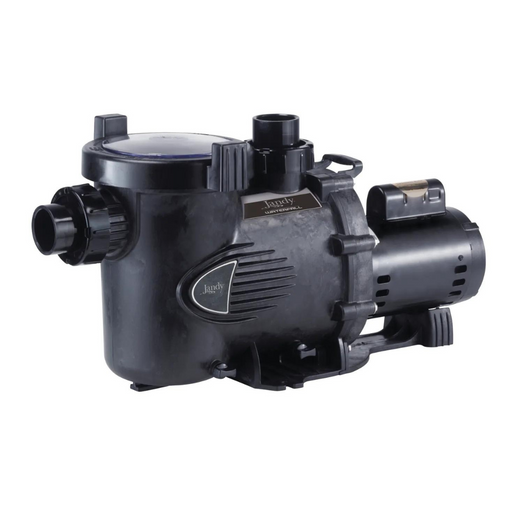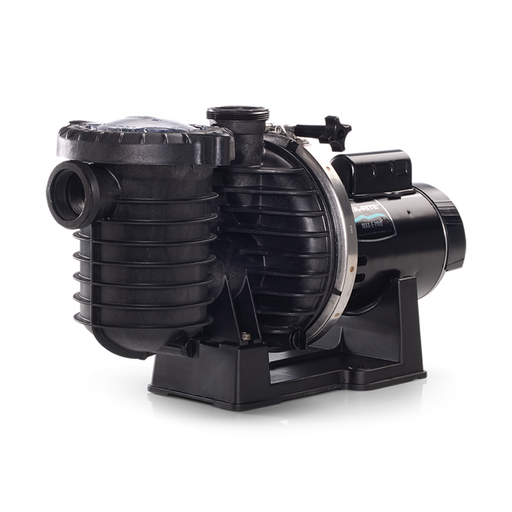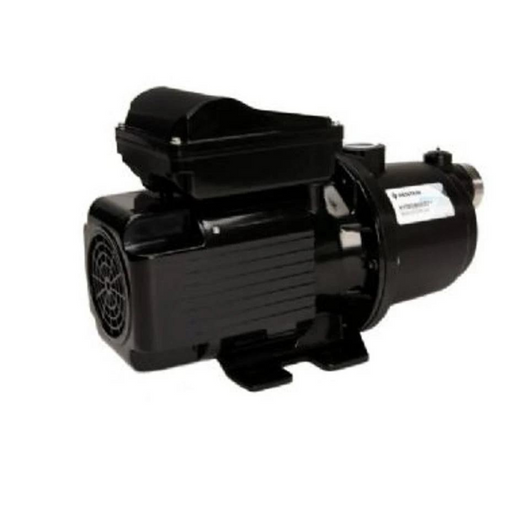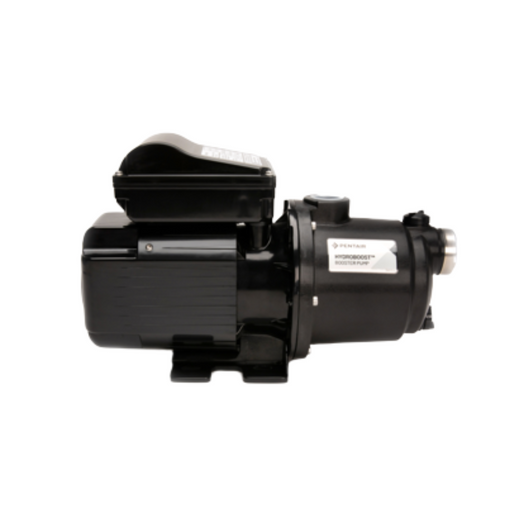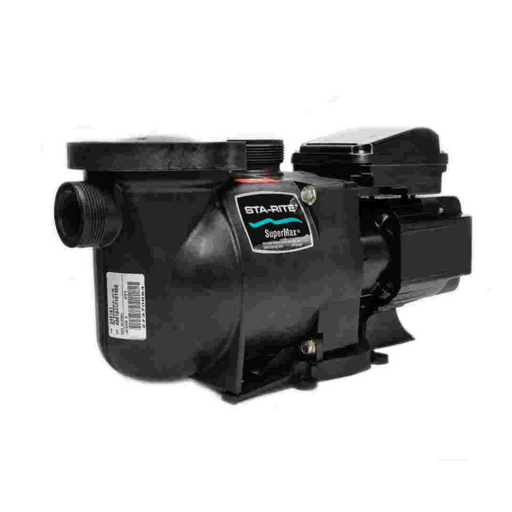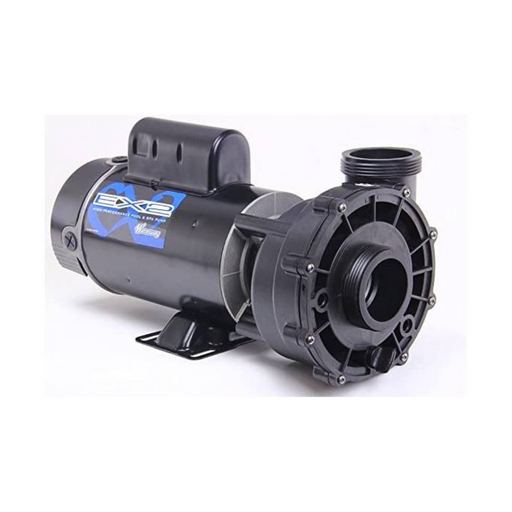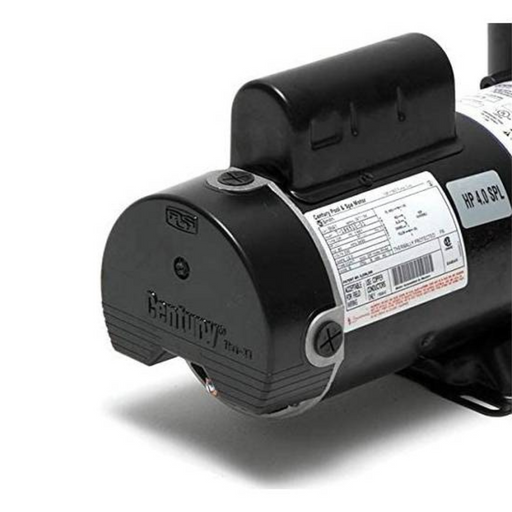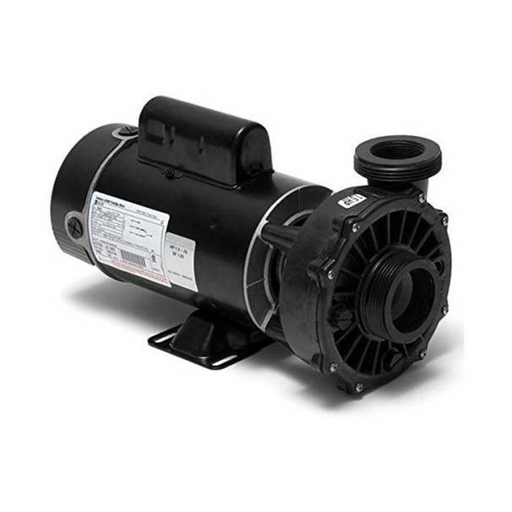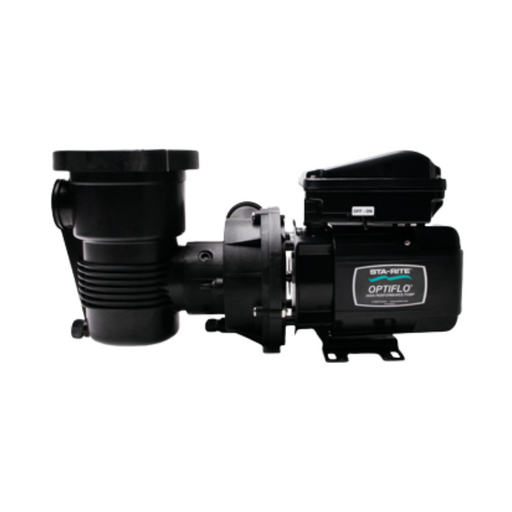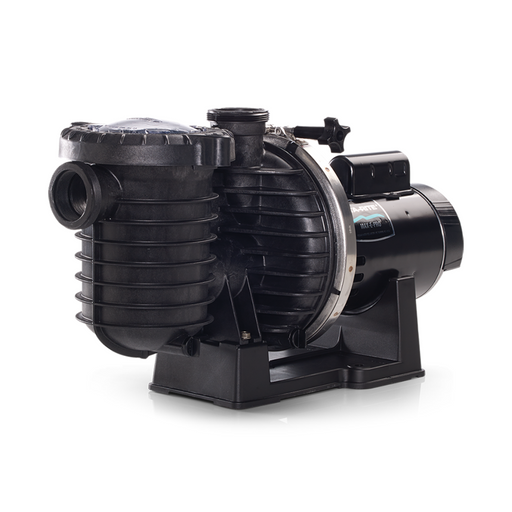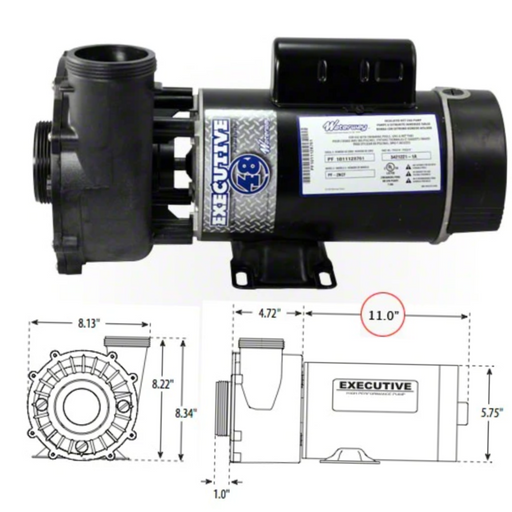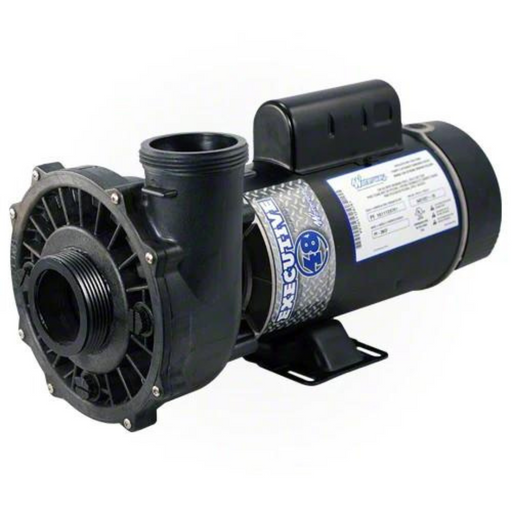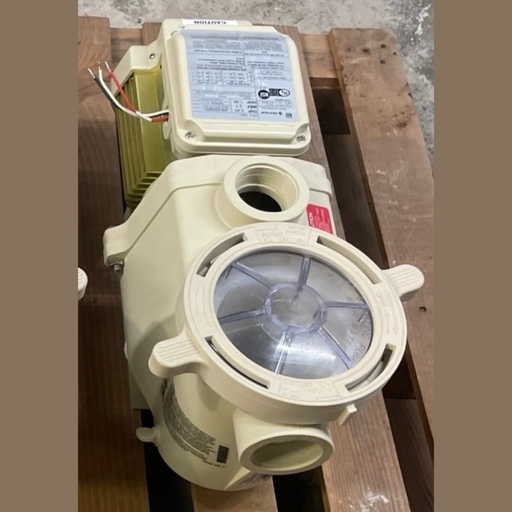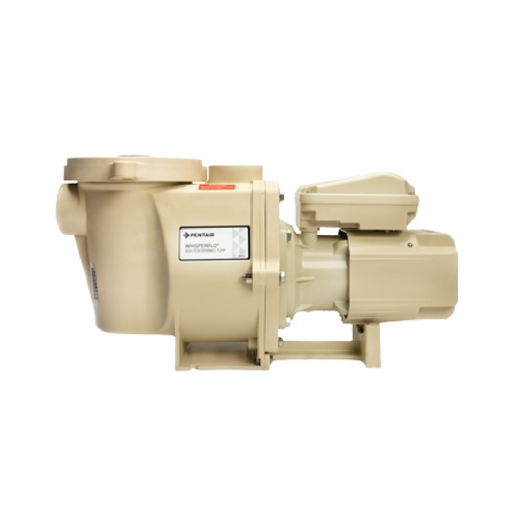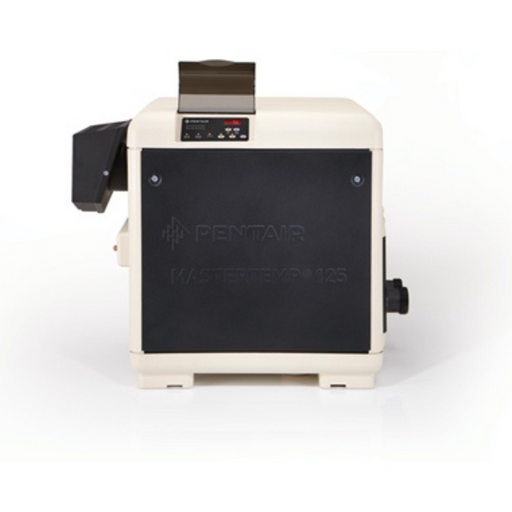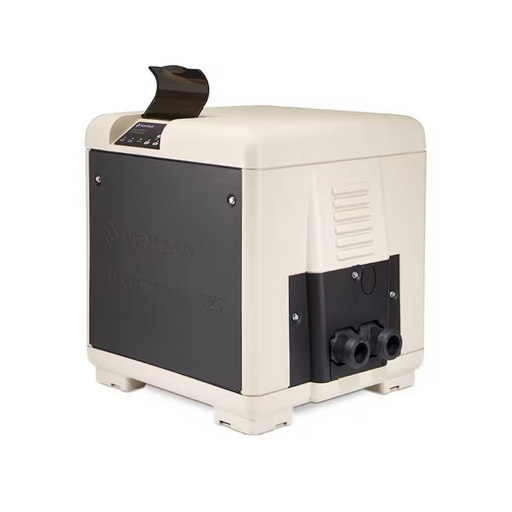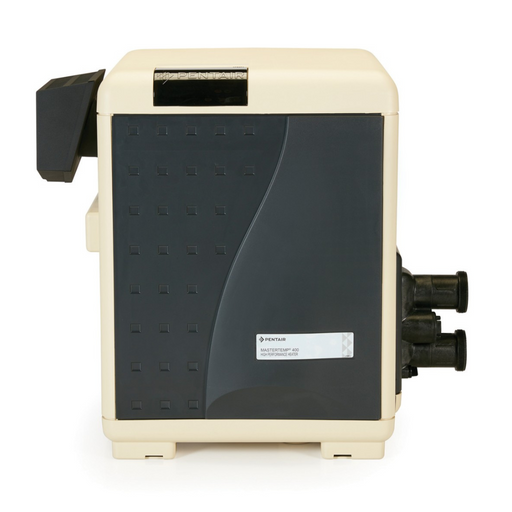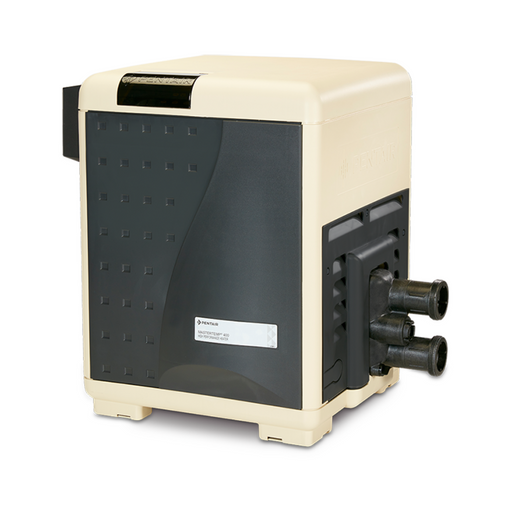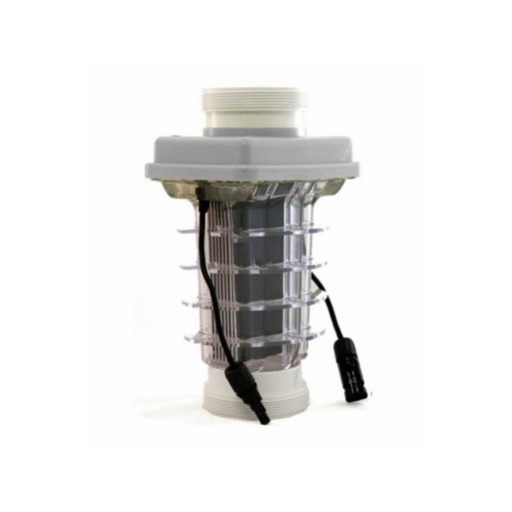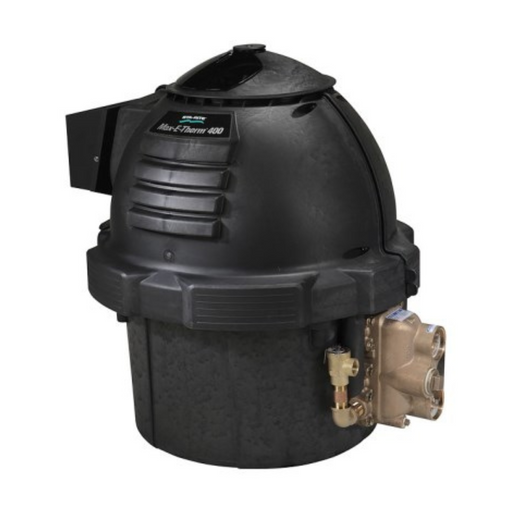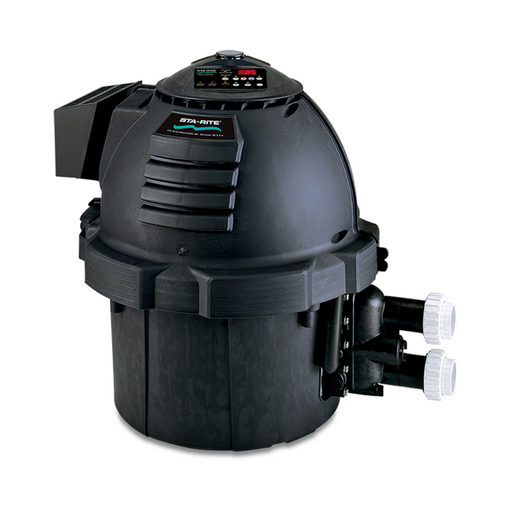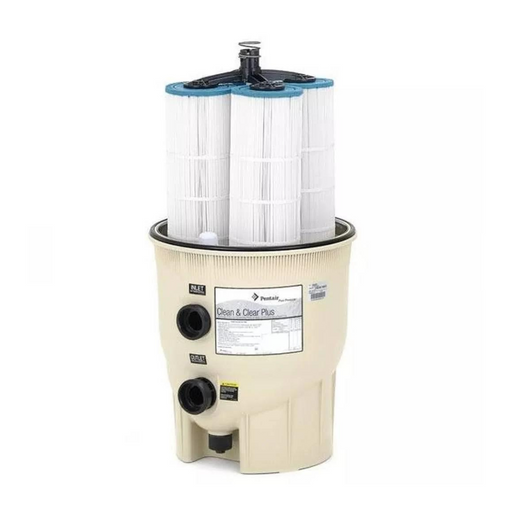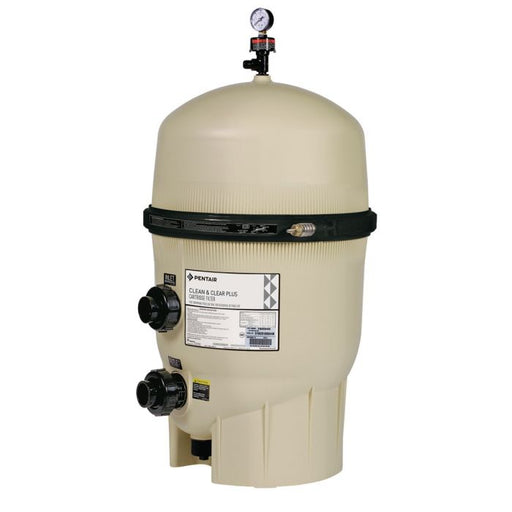Call or Text 303-736-9856
Single, Two Speed, & Specialty Pumps
Filters
-
Pentair WhisperFlo Single Speed Pump 1.0 HP EC-015583
Original price $949.00 - Original price $949.00Original price$949.00$949.00 - $949.00Current price $949.00| /PROVEN PERFORMANCE AND DURABILITY, NOW DOE-COMPLIANT Pentair is proud to announce updates to the line of WhisperFlo High-Performance Pumps. We've ...
View full detailsOriginal price $949.00 - Original price $949.00Original price$949.00$949.00 - $949.00Current price $949.00| / -
Pentair 348190 SuperFlo Single Speed Pump 1.0HP EC-348190
Original price $719.00 - Original price $719.00Original price$719.00$719.00 - $719.00Current price $719.00| /This SuperFlo High-Performance Pump is 1 HP, 115/208-230 Volts with 1-1/2 inch connections, and features a superior hydraulic design and thick-wall...
View full detailsOriginal price $719.00 - Original price $719.00Original price$719.00$719.00 - $719.00Current price $719.00| / -
Pentair 011644 WhisperFlo Single Speed Commercial Pump 3.0HP
Pentair WhisperFlo® 011644 WFK-12 3-Phase TEFC Super-Duty High Performance Pump; 3 HP, 208-230 per 460V 9.8-9.4 per 4.7 Amp WhisperFlo high-...
View full details -
Pentair 022017 WhisperFloXF Single Speed Pump 2.0HP
THE MOST POWERFUL, EFFICIENT WHISPERFLO® EVER. The new WhisperFloXF® pool pump was developed using the most advanced engineering tools: CFD (Comput...
View full details -
Pentair 022018 WhisperFloXF Single Speed Pump 3.0HP
THE MOST POWERFUL, EFFICIENT WHISPERFLO® EVER. The new WhisperFloXF® pool pump was developed using the most advanced engineering tools: CFD (Comput...
View full details -
Pentair 022019 WhisperFloXF Single Speed Pump 5.0HP
Pentair 022019 WhisperFloXF® XFK-20 3 Phase TEFC Premium Efficient High Performance Pump with Super-Duty Motor; 5 HP, 208-230/460V, 13.9-13.1/6.6 A...
View full details -
Pentair 022034 XFET-20 WhisperFloXF TEFC Single Speed Pump 5.0HP
THE MOST POWERFUL, EFFICIENT WHISPERFLO® EVER. The Pentair WhisperFloXF® commercial pool pump was developed using the most advanced engineering too...
View full details -
Waterway Power Defender Single Speed Pool Pump PD-110 1.10HP
Original price $569.00 - Original price $569.00Original price$569.00$569.00 - $569.00Current price $569.00| /The Power Defender 110 Single Speed Dual Voltage Pool Pump helps to keep your water clear and clean. This pump is made from high-quality parts and ...
View full detailsOriginal price $569.00 - Original price $569.00Original price$569.00$569.00 - $569.00Current price $569.00| / -
Jandy SHPF.50 Residential Single-Speed Stealth Pump 0.5HP
The Heart of Your Pool System Stealth™ is a professional-grade pump that provides superior performance and energy-saving efficiency. Stealth is des...
View full detailsJandy SHPM.75 Residential Single-Speed Stealth Pump 0.75HP
The Heart of Your Pool System Stealth™ is a professional-grade pump that provides superior performance and energy-saving efficiency. Stealth is des...
View full detailsJandy FloPro FHPM.75 Single-Speed Pump 0.75HP
Jandy FloPro® FHPM.75 1-Speed Medium Head Up Rated Pump 3/4 HP 115/230V. Jandy FHPM.75 FloPro Up-Rated Pump .75HP 115/230V has an innovative adjust...
View full detailsJandy FloPro FHPM1.0-2 Two-Speed Pump 1.0HP
Jandy FHPM1.0-2 FloPro 2 Speed Up-Rated Pump 1HP 230V has an innovative adjustable base, allowing for trouble-free installation on new construction...
View full detailsJandy FloPro FHPM1.0 Single-Speed Pump 1.0HP
Jandy FHPM1.0 FloPro Up-Rated Pump 1HP 115/230V has an innovative adjustable base, allowing for trouble-free installation on new construction or a ...
View full detailsJandy PlusHP Single-Speed Commercial Pump 1-Phase, 0.5, 1.0HP, 1.5HP
High performance in a mid-size body. PlusHP pumps deliver the high-head performance of a larger pump in a compact body, making it an excellent cho...
View full detailsJandy Stealth Single-Speed Commercial Pump 3-Phase, 1.0HP, 1.5HP, 2.0 HP, 3.0HP, 5.0HP
The Heart of Your Pool System Stealth™ is a professional-grade pump that provides superior performance and energy-saving efficiency. Stealth is des...
View full detailsJandy SHPF5.0 Commercial Single-Speed Stealth Pump 5.0HP
The Heart of Your Pool System Stealth™ is a professional-grade pump that provides superior performance and energy-saving efficiency. Stealth is des...
View full detailsWaterway 3421821-1A 48-Frame Spa Pump, 2-Speed, 4.5 HP, 230V
Original price $399.00 - Original price $399.00Original price$399.00$399.00 - $399.00Current price $399.00| /Executive wet end designed specifically for 48-frame motors Large 6 ½" diameter wet end for higher head pressure and energy efficiency Thermally p...
View full detailsOriginal price $399.00 - Original price $399.00Original price$399.00$399.00 - $399.00Current price $399.00| /Waterway 2-Speed Executive 56-Frame Spa Pump, 2-2.5" Intake, 2" Discharge
Original price $390.00 - Original price $452.00Original price$390.00 - $452.00$390.00 - $452.00Current price $390.00| /The Power Defender 110 Single Speed Dual Voltage Pool Pump helps to keep your water clear and clean. This pump is made from high-quality parts and ...
View full detailsOriginal price $390.00 - Original price $452.00Original price$390.00 - $452.00$390.00 - $452.00Current price $390.00| /Waterway 3312620-14 Tiny Might Circulating Spa Pump 1/16HP
Original price $219.00 - Original price $219.00Original price$219.00$219.00 - $219.00Current price $219.00| /The larger 303 stainless steel, 3/8” motor shaft improves impeller stack-up height Larger motor bearings for longer motor life Larger motor housin...
View full detailsOriginal price $219.00 - Original price $219.00Original price$219.00$219.00 - $219.00Current price $219.00| /Jandy SWF125 Stealth Waterfall Pump 0.75HP (Up to 125 GPM)
The Jandy® WaterFall pump is ideally suited for custom natural waterfalls, spillover grottoes, and other special water features. It operates in hig...
View full detailsJandy SWF185 Stealth Waterfall Pump 1.0HP (Up to 185 GPM)
Waterfalls add excitement and drama to the backyard experience, and Jandy® Specialty Pumps provide the power and performance to bring your masterpi...
View full detailsPentair Sta-Rite 348185 Max-E-Pro Single-Speed Pump with TEFC Motor 1.1 HP
PROVEN POWER AND DURABILITY Sta-Rite has updated the Max-E-Pro High-Efficiency Pool and Spa Pump line by adding the first and only single-speed p...
View full detailsPentair 360526 HydroBoost Booster Pump 0.8HP
MAXIMIZE THE EFFICIENCY OF A PRESSURE SIDE CLEANER Integrating HydroBoost into your system maximizes flow and the performance of pressure-side pool...
View full detailsPentair Sta-Rite 348191 SuperMax Single-Speed TEFC Pump 1.1HP
A HIGH-PERFORMANCE POOL PUMP WITH DOE-COMPLIANT OPTIONS Sta-Rite has updated the SuperMax® High Performance Pumps line by adding the first and only...
View full detailsSuper-Pro SG9002-1U Dual Speed Spa Pump 2.0HP 230V
Original price $329.00 - Original price $329.00Original price$329.00$329.00 - $329.00Current price $329.00| /Super-Pro SG9002-1U 48 Frame Pump 2HP 230V is an excellent choice for retrofit or replacement for XP2 or XP2e pumps. The Super-Pro SX2 has...
View full detailsOriginal price $329.00 - Original price $329.00Original price$329.00$329.00 - $329.00Current price $329.00| /Waterway SD-10-2-N Above Ground Two Speed Hi-Flo II Pump 1.0HP
Original price $459.00 - Original price $459.00Original price$459.00$459.00 - $459.00Current price $459.00| /Waterway Hi-Flo II SD-10-2-N 2 Speed Hi-Flo II Above Ground Pool Pump with 3' NEMA Cord 1 THP Waterway Hi-Flo II SD-10-2-N 2 Speed Hi-Flo II Above...
View full detailsOriginal price $459.00 - Original price $459.00Original price$459.00$459.00 - $459.00Current price $459.00| /Pentair 348199SR Above Ground Sta-Rite OptiFl Horizontal Discharge Pump 1.0HP
Pentair 348199SR Optiflo Horizontal Discharge Pump 115V 1HP 3' TWL Cord Sta-Rite OptiFlo Pump has an exceptionally quiet operation and high-flow p...
View full detailsPentair 345079 Sta-Rite Max-E-Pro 3-Phase Super-Duty Single-Speed Pump 3.0HP
Pentair Sta-Rite® Max-E-Pro® 345079 Pool Spa Pump; 3HP, 208-230 per 460V, 3 Phase, 60 Hz PROVEN POWER AND DURABILITY Sta-Rite has updated the Max...
View full detailsWaterway 3421221-1A 48-Frame Spa Pump, 2-Speed, 3.0HP, 230V
Original price $399.00 - Original price $399.00Original price$399.00$399.00 - $399.00Current price $399.00| /Executive wet end designed specifically for 48-frame motors Large 6 ½" diameter wet end for higher head pressure and energy efficiency Thermally p...
View full detailsOriginal price $399.00 - Original price $399.00Original price$399.00$399.00 - $399.00Current price $399.00| /NEW OPEN BOX - Pentair 011644 WhisperFlo Single Speed Commercial TEFC Pump 3.0HP, 3 Phase
Original price $1,729.00Original price $1,729.00 - Original price $1,729.00Original price $1,729.00Current price $1,499.00$1,499.00 - $1,499.00Current price $1,499.00| /*NEW OPEN BOX CONDITION: New, unused items, with damaged or replacement packaging. The product is in proper working condition, includes all factory...
View full detailsOriginal price $1,729.00Original price $1,729.00 - Original price $1,729.00Original price $1,729.00Current price $1,499.00$1,499.00 - $1,499.00Current price $1,499.00| /Save 13% Save %Sort byBest Sellers
-
Pentair MasterTemp 125 High Performance Heater, Natural Gas/Propane, 125K BTU
THE HIGH-EFFICIENCY, HIGH-TECH HEATER FOR POOLS UP TO 15,000 GALLONS. The MasterTemp 125 Heater provides energy-saving and advanced operating featu...
View full details -
Pentair MasterTemp High Performance Heater, Natural Gas/Propane, Copper/Cupronickel, 175K-400K BTU
HEAT YOUR POOL SMARTER Save money and energy with the MasterTemp High-Performance Heater. Already known as being dependable and efficient, MasterTe...
View full details -
PureChlor CLG125A-010 Replacement Cell for 25K gal Salt Chlorine Generator CLG125A
Original price $685.00 - Original price $685.00Original price$685.00$685.00 - $685.00Current price $685.00| /Brand: PureChlor/Solaxx Replacement Service Cell Weight: 4 pounds For Use With: Purechlor CLG125A 25,000 gal Salt Chlorine Generator UPC Code: 00...
View full detailsOriginal price $685.00 - Original price $685.00Original price$685.00$685.00 - $685.00Current price $685.00| / -
Pentair Max-E-Therm® Heater, Propane Gas, 200K-400K BTU
YOUR POOL HEATER JUST GOT A WHOLE LOT SMARTER. For indoor or outdoor installations on pools and spas. Features include an LCD temperature readout w...
View full details -
Pentair 160340 Clean & Clear Plus Multi Cartridge Filter 320 Sq Ft CCP320 EC-160340
Original price $0.00 - Original price $0.00Original price $0.00$1,329.00$1,329.00 - $1,329.00Current price $1,329.00| /FOUR HARD-WORKING CARTRIDGES KEEP POOL WATER CLEAR. Clean & Clear Plus Filters have a corrosion-resistant injection molded filter tank featurin...
View full detailsOriginal price $0.00 - Original price $0.00Original price $0.00$1,329.00$1,329.00 - $1,329.00Current price $1,329.00| /
Single, Two Speed, & Specialty Pumps
WHAT IS A POOL PUMP AND WHAT DOES IT DO?
The pool pump is the heart of your pool’s circulatory system. It pulls water from the pool and pushes it to other equipment to be heated, treated, and filtered, returning cleaner, healthier, and warmer pool water. When your pool pump isn’t operating at peak performance, it can have negative effects on the rest of your pool equipment and the water you deserve to enjoy.
DID YOU KNOW A POOL PUMP CAN BE ONE OF THE LARGEST CONSUMERS OF ENERGY IN YOUR HOME?
Second only to your heating and cooling system. Many factors contribute to an energy-efficient pool pump, such as:
- the size of the pool pump relative to the size of your pool
- proper flow rate, and
- single speed vs. variable speed pool pump technology
SINGLE-SPEED VS. VARIABLE SPEED POOL PUMPS
There are two primary types of pool pumps: single-speed pool pumps and variable-speed pool pumps. Single-speed pumps do just that: operate at one – single–speed. Whereas variable speed pool pumps allow a user to adjust the flow rate of the water through the system at, you guessed it - varying speeds. The ability to run a pump at different speeds is what makes this technology a game-changer. A pool owner can operate their pump for a longer period at lower speeds without racking up energy consumption and extra costs.
TWO-SPEED POOL PUMPS
A two-speed pool pump is a step up in functionality from a single-speed pool pump. It works in the same fashion, but it has two settings, a full-speed option and a half-speed option. The half-speed option provides higher efficiency, saving on energy consumption and electricity bills. It is not only a greener option, but it is also more cost-efficient. The trick to a two-speed pool pump is the rule of slow and steady pool water circulation. By circulating the water more slowly, friction is reduced, creating significant energy savings. Less power is required to move the water.
When engineers describe the function of pumps, they use the Affinity Laws. Without getting too technical, these laws describe how reducing the speed of a pump creates disproportionate savings in energy. When you reduce the RPM of your pool pump by 50%, you get more than a 50% saving in energy. Instead, reducing the RPM by 50% creates an energy saving of 75%. If you reduce the RPM by 66%, you get an 89% reduction in energy consumption. So by using the half-speed option, you can save 50% to 75% in energy costs.
Another advantage of the half-speed option on two-speed pumps is that it cleans the water better. Instead of running the pump at full speed for a shorter period, most homeowners run a two-speed pump at half speed 24/7. The water moves more slowly through the filter, giving better filtration. Also, the pump is much quieter at half speed. The only time to use full speed is when you are using a water heater, which requires a high water flow, or when you are vacuuming the pool.
Added to your cart:
** total_quantity ** | ** unit_price ** / ** unit_measure **- (-)
Cart subtotal


